Take a leisurely drive along Highway 6, following the Eagle River from Edwards to Eagle, and you’re likely to spot a famous, medium-sized, multi-colored raptor scanning the surrounding shrublands from a telephone pole or dead snag. Spooked by the approaching car, this predator of the skies flashes a reddish tail and displays a checkered belly band as it soars to safety. The Red-tailed Hawk is a well known bird of prey and the most common of the 9 species of hawks that frequent Colorado. As is true for many native North American bird species, climate change and urban development are altering the Red-tailed Hawk population. It’s not necessarily bad news for the hawks, though—these changes appear to be benefitting them in certain regions of North America.

A Red-Tailed Hawk displays its classic checkered brown belly band as it soars over Avon, Colorado on a bluebird day in March, 2025. Photo taken by Riley Gaines.
Being highly adaptable, these raptors are making adjustments to their wintertime routines. Historically, the species has demonstrated flexibility in their migration depending on the severity of winter in a given region. Some individuals migrate a long way, while others go a short distance; still others linger all year if the winter will allow it. However, according to a study by HawkWatch International, migratory and wintering bird counts of Red-tailed Hawks over the last 30 years reveal some steady long-term changes to their migration trends. Fewer of these hawks are migrating south, and more are staying put in their northern territories for winter or migrating shorter distances. Little is known about changes to long-term migration patterns in our local mountain population of Red-tailed Hawks. eBird app data shows that some individuals stick around through the winter months, though the population decreases in the wintertime due to extensive snow coverage.
Warmer temperatures and milder winters aren’t the only factor causing large-scale population shifts. Land-use changes are also responsible for changes to Red-tailed Hawks’ habits. According to a study by the University of Colorado, as humans develop more land, we inadvertently create more of the edge habitat that Red-tailed Hawks seek out for hunting. These majestic raptors love to perch on tall structures adjacent to cropland or meadows. There they can hunt with the best view and pull into a stunning dive at a moment's notice to catch their prey as it scurries or slithers through the underbrush. Unlike many of their raptor relatives, Red-tailed Hawks exhibit extreme adaptability in urbanized environments.

A Red-Tailed Hawk perches atop a spruce tree, keeping its eye out below for prey. Photo taken by Riley Gaines.
Though Red-tailed Hawks seem to be successfully navigating human changes to their environment, they can still be negatively impacted. Hawks are at high risk of collision with automobiles, wind turbines, power lines, and aircrafts. They are also frequently poisoned by the persistent presence of lead, which can be reduced by hunting with steel shot, and pesticides in their prey, which can be reduced by using snap traps for mice in your house. We don’t yet know how their changing migration patterns will play out. Shifting populations could have a ripple effect in local food chains, particularly small mammals and the plants they eat, with more or less stress put on food supply depending on the location and year.
As our environment continues to change, monitoring becomes ever more important. You can help participate in long-term efforts to monitor changes to Red-tailed Hawk and other raptor populations by creating an eBird account and documenting local sightings. You can also get to know local raptor populations by participating in naturalist-led bird walks at Walking Mountains, starting in June.The shifting world around us can feel frightening, but many small actions can go a long way!
Savanna Henning is a Foley Graduate Fellow and Educator at Walking Mountains. She spends most of her time outside, helping K-8 students learn from the natural world.







